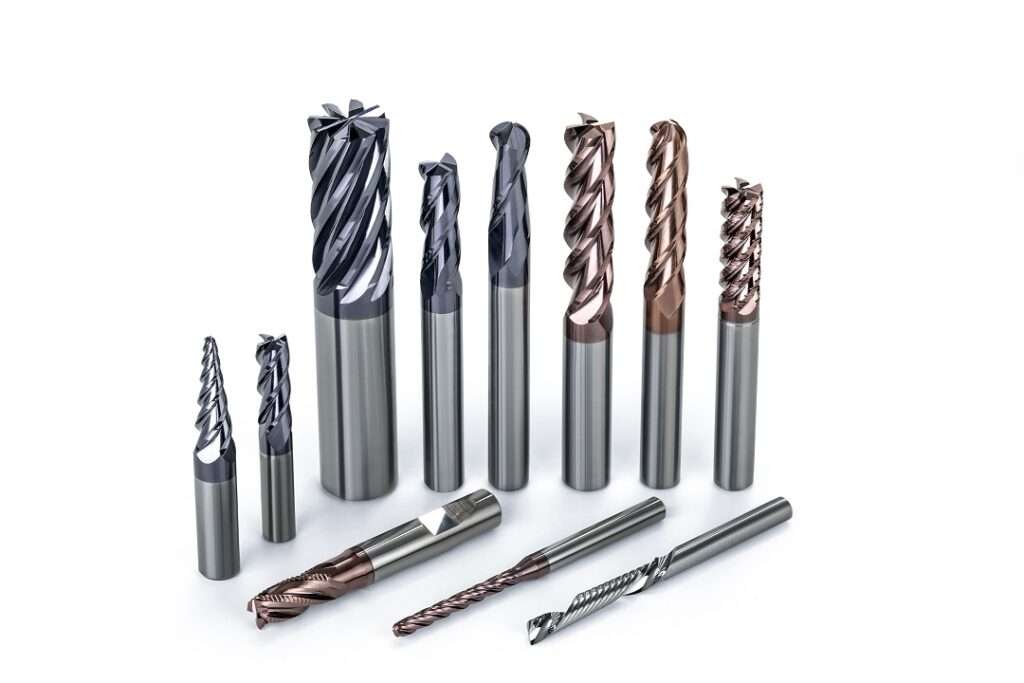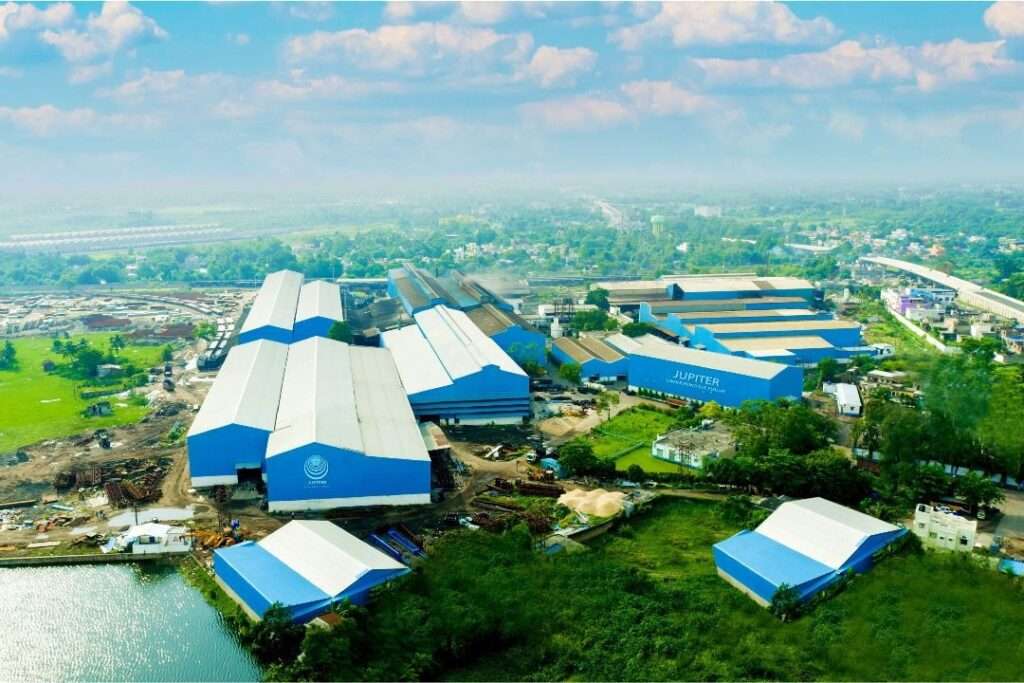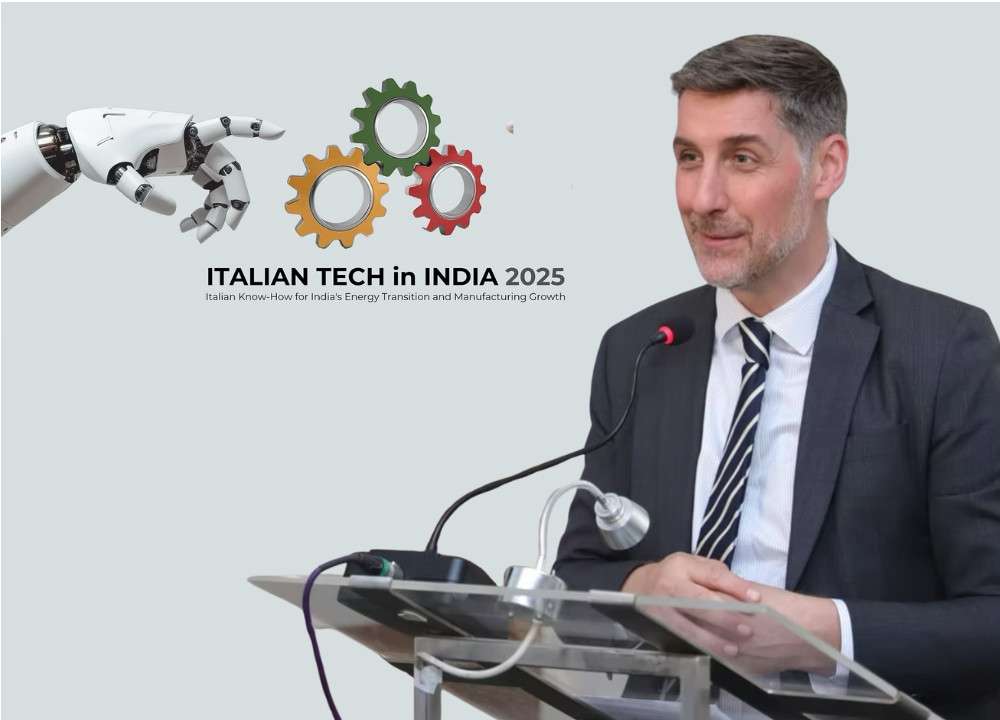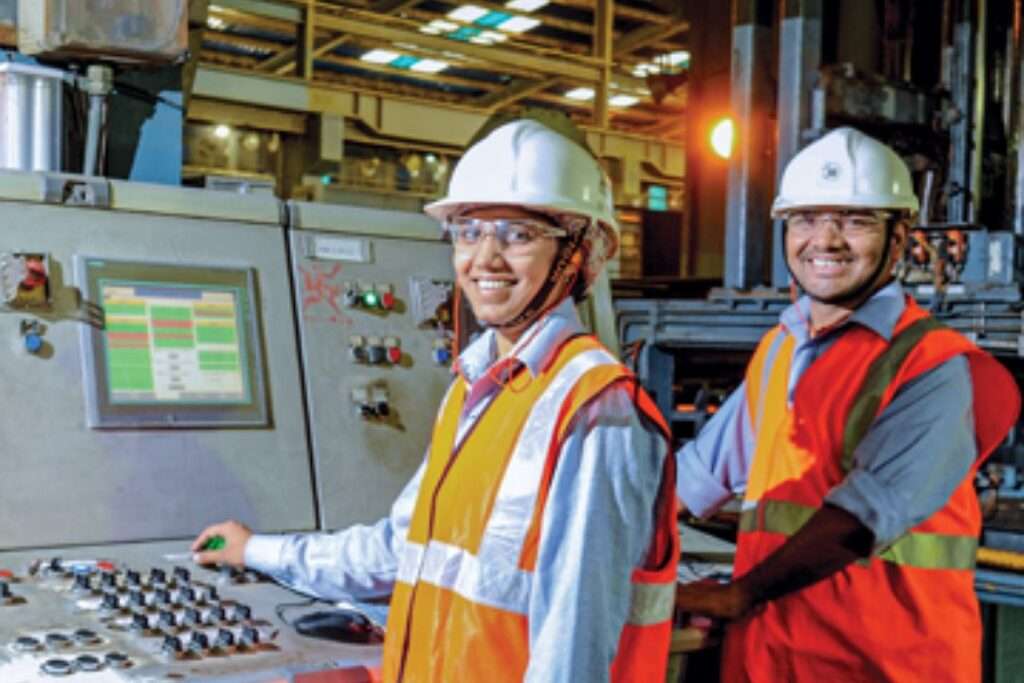Ola Electric, recently listed on the stock market, has outlined its strategy to achieve profitability by focusing on increasing production volumes, streamlining its supply chain, and producing its own battery cells. However, the company has decided to halt its plans to develop an electric car, according to Founder and CMD Bhavish Aggarwal.
After recently entering the electric motorcycle market, the company is prioritizing products that are more relevant to Indian consumers, particularly two-wheelers and three-wheelers, Aggarwal revealed during an interaction with PTI editors.
In the first quarter of this fiscal year, Ola Electric’s automotive segment was close to breaking even at the EBITDA level, if not for a one-time charge of around Rs 30 crore related to changes in the government’s Production Linked Incentive (PLI) scheme, Aggarwal explained. However, the company’s net loss widened to Rs 347 crore in the quarter, up from Rs 267 crore in the same period last year. The net loss for the entire FY24 stood at Rs 1,586 crore.
Aggarwal expressed confidence in the company’s roadmap to profitability, stating, “Even with rapid growth and significant investment, we’ve shown that margins can improve. We have a clear plan to move from EBITDA to profit after tax, with strategies in place to achieve better margins in the coming quarters.”
One key aspect of this plan is increasing production volumes, which helps improve margins by spreading fixed costs over a larger output. Aggarwal also emphasized the importance of vertical integration in manufacturing and engineering, which allows the company to reduce costs by producing components in-house rather than relying on external suppliers.
Central to Ola Electric’s profitability strategy is the production of its own battery cells. Aggarwal noted that the company’s cell production will significantly boost margins as these cells are integrated into Ola’s products by early next year. The company has already announced plans to use its “Bharat 4680” cells in vehicles starting from Q1 FY26.
When asked about the timeline for achieving profitability, Aggarwal admitted that the company has not set a specific date. Regarding the electric car project, he confirmed that it is currently off the table, explaining that Ola Electric is focused on building products that are more relevant to the Indian market, such as two-wheelers and three-wheelers.
Aggarwal also touched on his campaign to end the internal combustion engine (ICE) age, arguing that ICE vehicles are becoming increasingly expensive due to rising compliance and fuel costs. In contrast, electric vehicles (EVs) are becoming more affordable as battery and electricity costs decrease, driven by the growing use of renewable energy.
Since Ola Electric entered the market three years ago, electric two-wheeler adoption has grown rapidly, reaching a penetration rate of 7.5% in July. Aggarwal expects this growth to continue, particularly with the company’s recent entry into the electric motorcycle segment.
Commenting on the response from traditional two-wheeler manufacturers like Bajaj Auto, Hero MotoCorp, and TVS, Aggarwal criticized their hesitant approach to EVs, stating, “The incumbents have entered the EV market somewhat halfheartedly. Our mission is to make India a global leader in EVs, and the sooner they fully commit, the better it will be for the Indian ecosystem.”
Aggarwal warned that resistance to the transition to EVs would ultimately harm these companies and their shareholders, as well as delay India’s overall shift to electric mobility. He reiterated that his goal is not just to dominate the market but to make India a fully electric vehicle nation.








